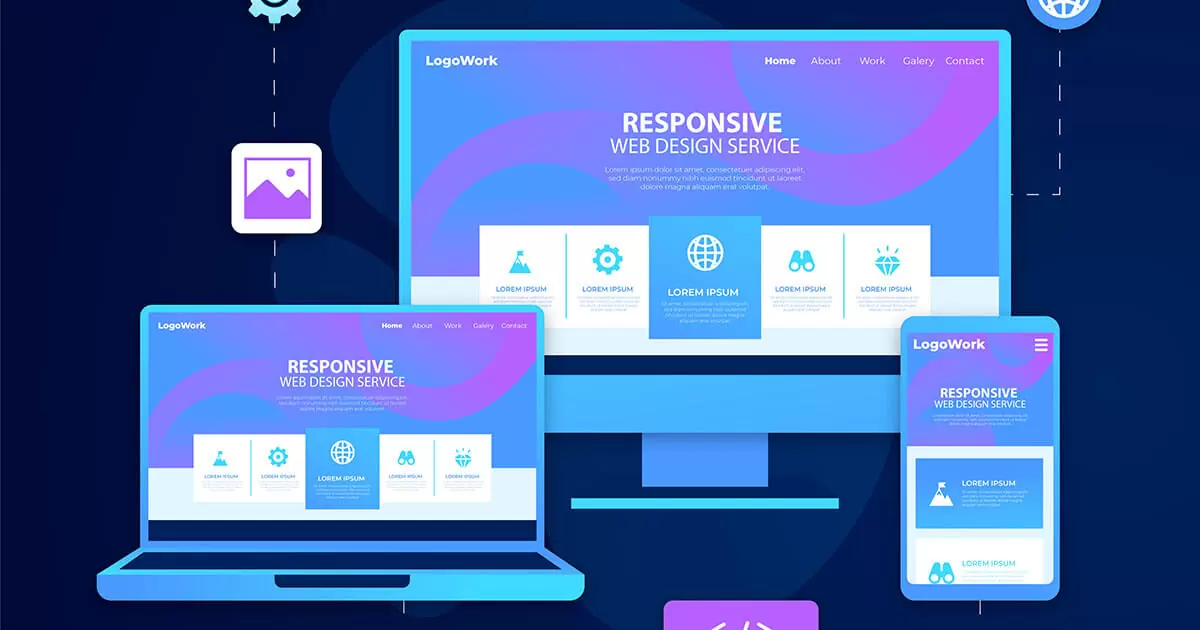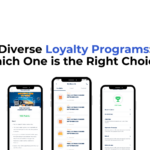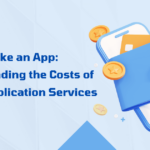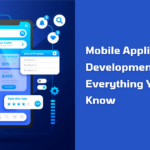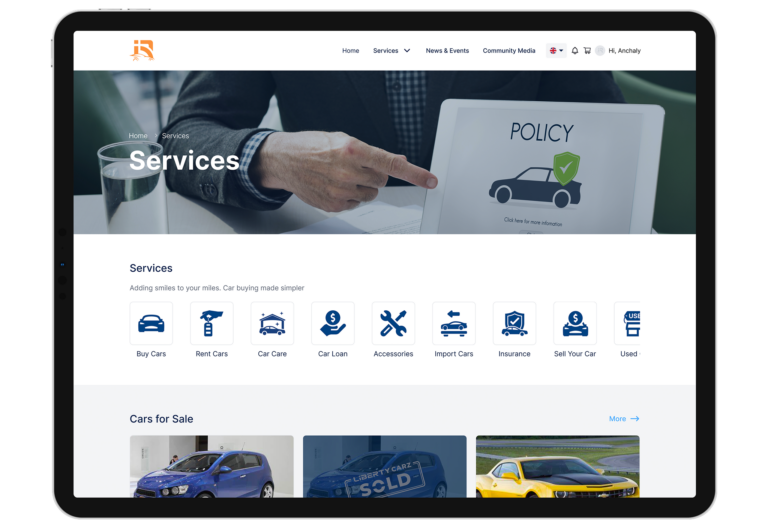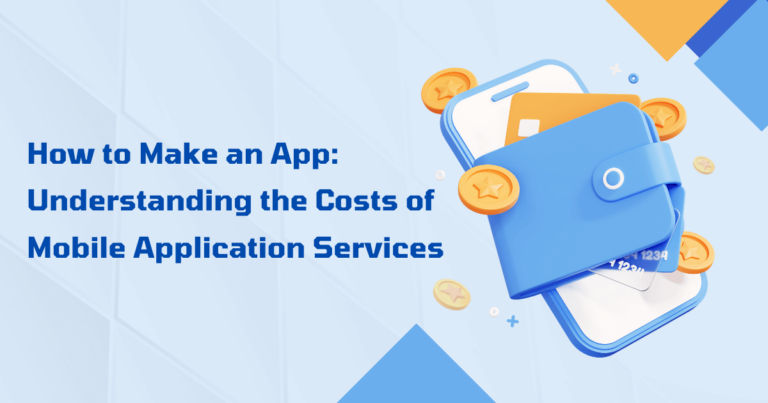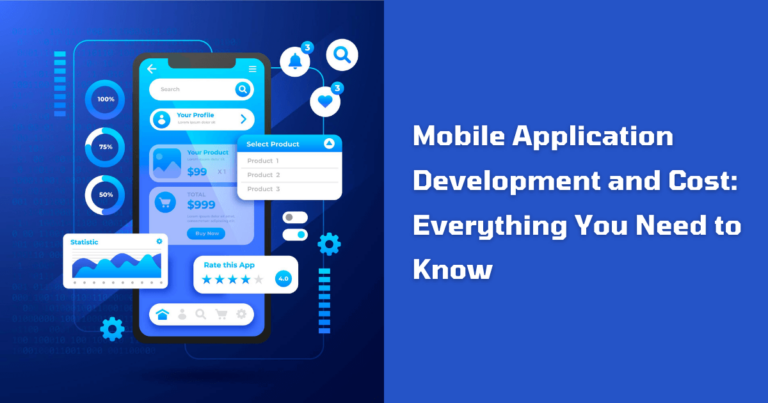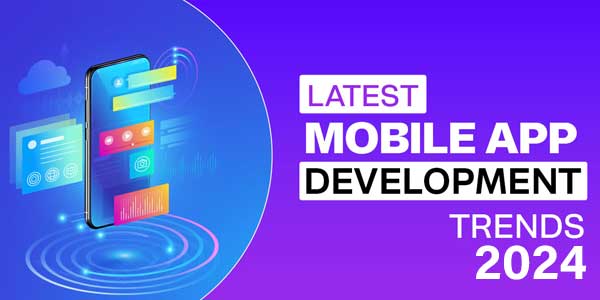In today’s digital age, having a strong online presence is crucial for businesses of all sizes. Web and app development play a pivotal role in establishing and maintaining this presence, but knowing when, why, and how to embark on these endeavors can be daunting.
In this blog, Liberty Technology will demystify the web and app development world, providing insights into when to consider development, why it’s essential, and how to get started.
When to Consider Web & App Development
Web and App development is a powerful tool for businesses to:
- Launching a New Business: If you’re starting a new venture, having a professional website or app can help establish credibility, reach a wider audience, and attract potential customers from the get-go.
- Expanding Your Reach: As your business grows, so do your digital needs. Investing in web and app development can enable you to reach new markets, engage with customers on multiple platforms, and stay ahead of the competition.
- Updating Outdated Technology: If your current website or app is outdated or doesn’t meet the needs of modern users, it may be time for a refresh. Upgrading to a new platform with improved functionality and user experience can enhance your brand image and drive better results.
The process of Web and App Development
Creating both a website and a mobile app involves several steps and requires different skill sets. Here’s a general overview of the process for each:
Creating a Website:
- Planning and Research: Define the purpose of your website, target audience, and desired features. Research competitors and gather inspiration from other websites in your industry.
- Choose a Domain Name and Hosting: Select a memorable domain name for your website and choose a reliable web hosting provider to store your website’s files and make it accessible online.
- Design: Create wireframes and mockups to visualize the layout and design of your website. Consider factors such as user experience (UX), branding, and accessibility.
- Development: Write the code for your website using HTML, CSS, and JavaScript for front-end development, and choose a server-side language (such as PHP, Node.js, or Python) for back-end development if needed. You can also use content management systems (CMS) like WordPress or website builders like Wix or Squarespace for a more straightforward approach.
- Testing: Test your website across different devices, browsers, and screen sizes to ensure compatibility and usability. Check for bugs, broken links, and other issues that may affect the user experience.
- Launch: Once testing is complete and any necessary adjustments have been made, launch your website by uploading it to your web hosting server and making it publicly accessible.
- Maintenance and Updates: Regularly maintain your website by monitoring performance, updating content, and addressing any issues that arise. Consider implementing security measures to protect against cyber threats.
Creating a Mobile App:
- Define Goals and Features: Clearly define the purpose of your mobile app and identify the features it will offer users. Determine whether you want to create a native app for specific platforms (iOS or Android) or a cross-platform app that works on multiple platforms.
- Design: Create wireframes and mockups to visualize your mobile app’s user interface (UI) and user experience (UX). Pay attention to factors such as navigation, layout, and branding.
- Development: Choose a programming language and development framework based on your target platform(s). For native iOS apps, you can use Swift or Objective-C, while for Android apps, you can use Java or Kotlin. Alternatively, use cross-platform development frameworks like React Native, Flutter, or Xamarin to write code once and deploy it on multiple platforms.
- Testing: Test your mobile app on different devices, operating systems, and screen sizes to ensure compatibility and usability. Conduct thorough testing to identify and fix any bugs or issues.
- Deployment: Prepare your mobile app for distribution by creating developer accounts on the Apple App Store and Google Play Store. Follow each platform’s submission guidelines and requirements to submit your app for review and approval.
- Launch: Once your app has been approved by the app stores, launch it to the public and promote it through various channels such as social media, email marketing, and app store optimization (ASO).
- Maintenance and Updates: Continuously monitor your app’s performance, gather user feedback, and release updates to improve functionality, fix bugs, and add new features. Stay informed about platform updates and industry trends to keep your app relevant and competitive.
If you’re not equipped with an in-house IT team but are eager to bring your web and app development ideas to life, consider partnering with a top agency like Liberty Technology. Here’s how we can help with our Web and App Development services:
- Web Development: We optimize page speed and user experience, creating high-quality websites and web apps.
- Mobile App Development: We deliver scalable native and hybrid mobile apps tailored to your needs.
- Custom Software Development: Tailored solutions designed for your unique requirements.
- Digital Transformation Consulting: Collaborative expertise to scale your digital ambitions.
So why wait? Contact Liberty Technology today to discuss your web and app development needs and take the first step toward digital success.
Contact Us:
Email: [email protected]
Phone: (+855) 023 868 683
Which businesses should consider web and app development?
Numerous businesses can benefit from a website and a mobile app to enhance their operations, reach a wider audience, and provide better services. Here are some examples:
- E-commerce Stores: Online retailers can utilize both a website and a mobile app to showcase their products, allow customers to make purchases, and provide a seamless shopping experience.
- Restaurants and Food Delivery Services: Restaurants, cafes, and food delivery services can use a website and a mobile app to showcase their menu, accept online orders, and facilitate food delivery or pickup orders.
- Real Estate Agencies: Real estate agencies can use a website and a mobile app to showcase property listings, facilitate property searches, and schedule viewings with clients.
- Travel and Hospitality Industry: Hotels, airlines, and travel agencies can provide booking functionalities, travel itineraries, and travel guides through a website and a mobile app.
- Educational Institutions: Schools, colleges, and e-learning platforms can provide course materials, assignments, and communication tools for students and teachers through a website and a mobile app.
- Financial Services: Banks, fintech companies, and investment firms can offer online banking, financial planning tools, and investment tracking features through a website and a mobile app.
These are just a few examples, but the possibilities are endless. Virtually any business can benefit from having both a website and a mobile app to improve customer engagement, streamline operations, and stay competitive in today’s digital landscape.
In Conclusion: Welcome to the World of Web and App Development!
So there you have it—a beginner’s guide to web and app development in plain, simple language. Whether you’re just curious about how things work or eager to dive into the world of tech, understanding these basics is the first step toward unlocking a universe of endless possibilities. So go ahead, explore, experiment, and have fun building amazing things!

